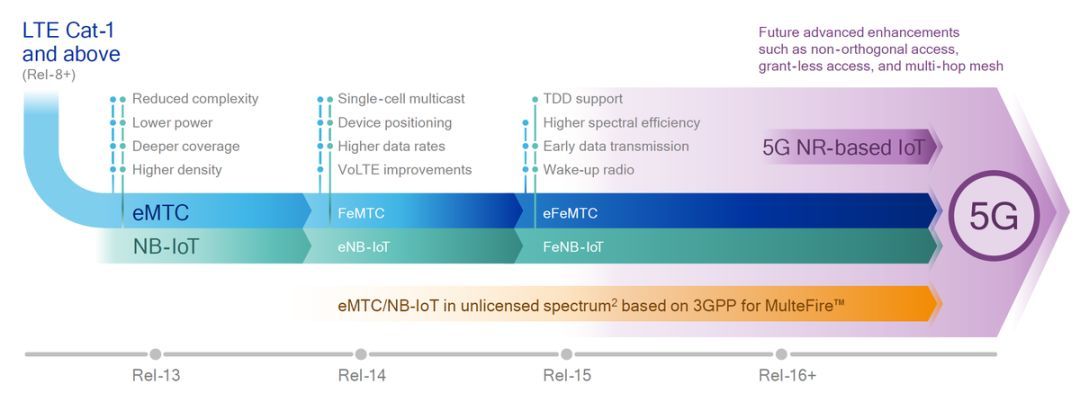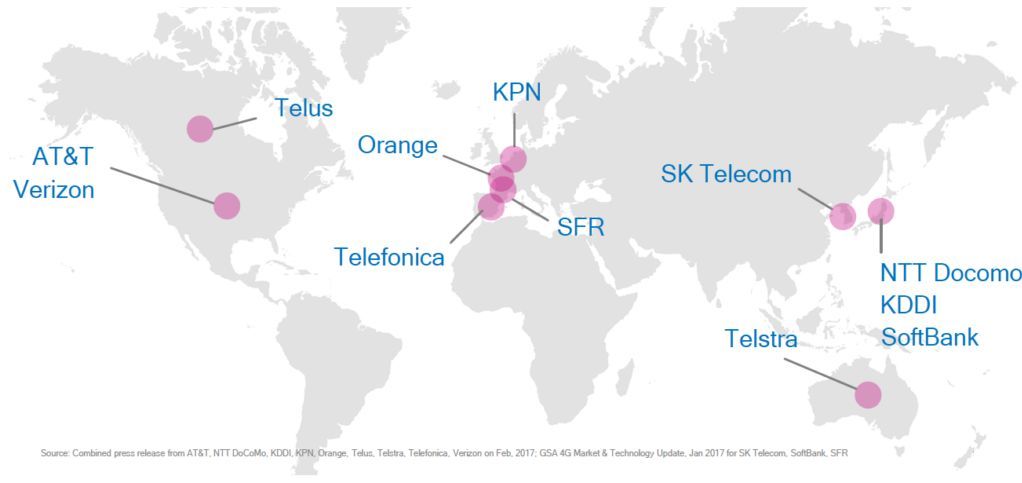First, the rate is high.
Before we said NB-IoT, we always said that in order to ensure low power consumption, the rate is very slow. However, eMTC is different. It supports a peak rate of up to 1 Mbps for both uplink and downlink. Please don't underestimate this rate. On the basis of guaranteeing coverage and power consumption, it is very good to achieve this rate. This rate is sufficient to support richer applications such as low-speed video, voice, and more.
The second is mobility.
NB-IoT has poor mobility and only supports reselection and does not support switching. Therefore, it is generally used in areas where it is not necessary to move, such as water meters and street lamp covers. However, eMTC is different. It supports the mobility of connected states. Internet of Things users can seamlessly switch to ensure user experience. Therefore, eMTC is more suitable for wearable devices such as smart watches.
The third is positionable.
Based on the TDD-based eMTC, using the PRS measurement on the base station side, position positioning can be performed without adding a new GPS chip. In this way, it is more conducive to the popularity of eMTC in logistics tracking, cargo tracking and other scenarios.
The fourth is to support voice.
That's right, this product actually supports voice and supports VoLTE. Therefore, eMTC can be widely applied to emergency call related related devices.
The fifth is to support LTE network multiplexing.
The eMTC can be directly upgraded based on the existing LTE network, and is co-sited with the existing LTE base station. Saving money is the last word. With this advantage, eMTC can achieve low-cost and rapid deployment, which is beneficial for operators to seize market opportunities.
Of course, eMTC is not stronger than NB-IoT in every respect. In terms of coverage and module cost, eMTC is not as good as NB-IoT.
Therefore, in the specific application direction, if there is a high requirement for voice, mobility, speed, etc., eMTC technology is selected. Conversely, if these requirements are not high and there are higher requirements for cost, coverage, etc., then NB-IoT can be selected. Specifically, devices such as smart logistics, building security, and wearable calling are suitable for eMTC technology.
All in all, although the current development of eMTC in China is not as prosperous as NB-IoT, as an Internet of Things technology with its own unique advantages, we should pay more attention to it. EMTC, which occupies the standard advantage, will definitely have more in the future market competition.
eMTC&NB-IoT&5G

CAT-M1 in the world


